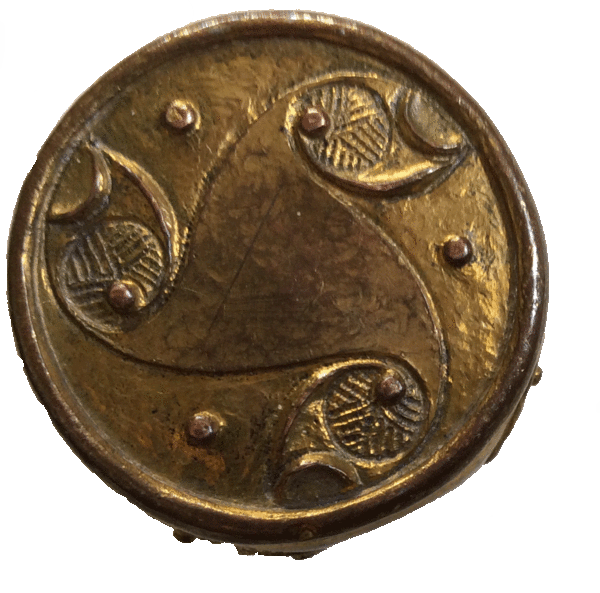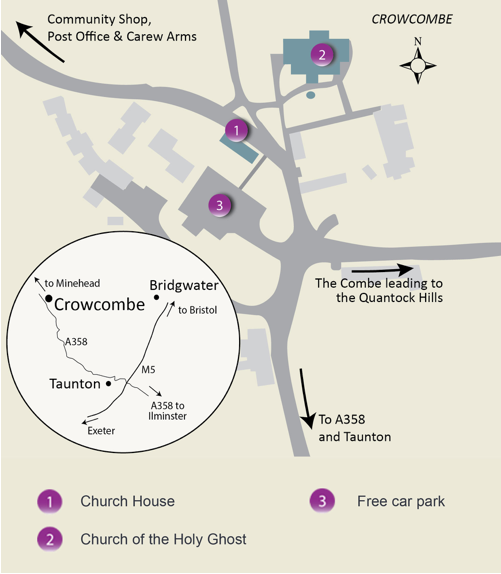VISIT TO CROWCOMBE - 18th May 2019
On Saturday the 18th May 2019 some 20+ members of the society visited Crowcombe for guided tours of the Church of the Holy Ghost and nearby Church House, followed by a fascinating talk outlining the history of the latter Grade 2 listed building (one of only two such surviving properties of the fifty-one originally built in Somerset). “Church House, Crowcombe - a history” (ISBN 978-1-5272-0501-7) provides comprehensive facts and images.
CHURCH OF THE HOLY GHOST
Beside the entrance drive leading to Crowcombe House stands the Church of the Holy Ghost, thought to be the only church in England with this dedication. The church is known for its outstanding collection of early 16th-century bench ends, beautifully carved with a variety of fabulous beasts, foliage, mermaids, and three likenesses of a pagan Green Man.
The most intriguing bench end shows a pair of naked men fighting with a two-headed dragon. The carving is thought to represent the story of the Gurt Worm, a fearsome dragon that terrorised the region until it was defeated and cut in half. The two halves then formed the Quantock Hills.
Aside from the fabulously carved bench ends the church boasts a pair of 18th-century screens, and the Carew aisle, a private chapel built by the Carew family and still privately owned by the lords of the manor. In the churchyard stands a medieval preaching cross and the tip of the medieval spire that came crashing down in 1725 when it was hit by lightning.
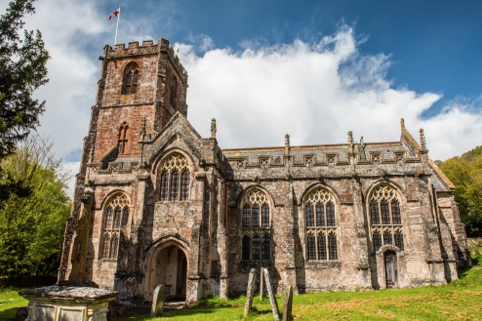 |
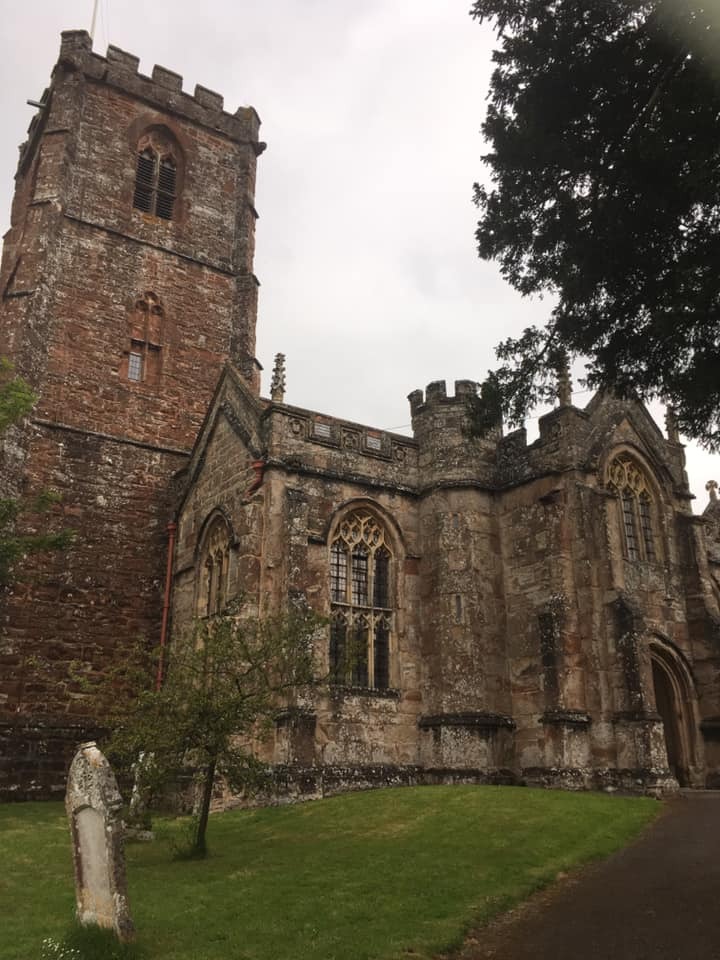 |
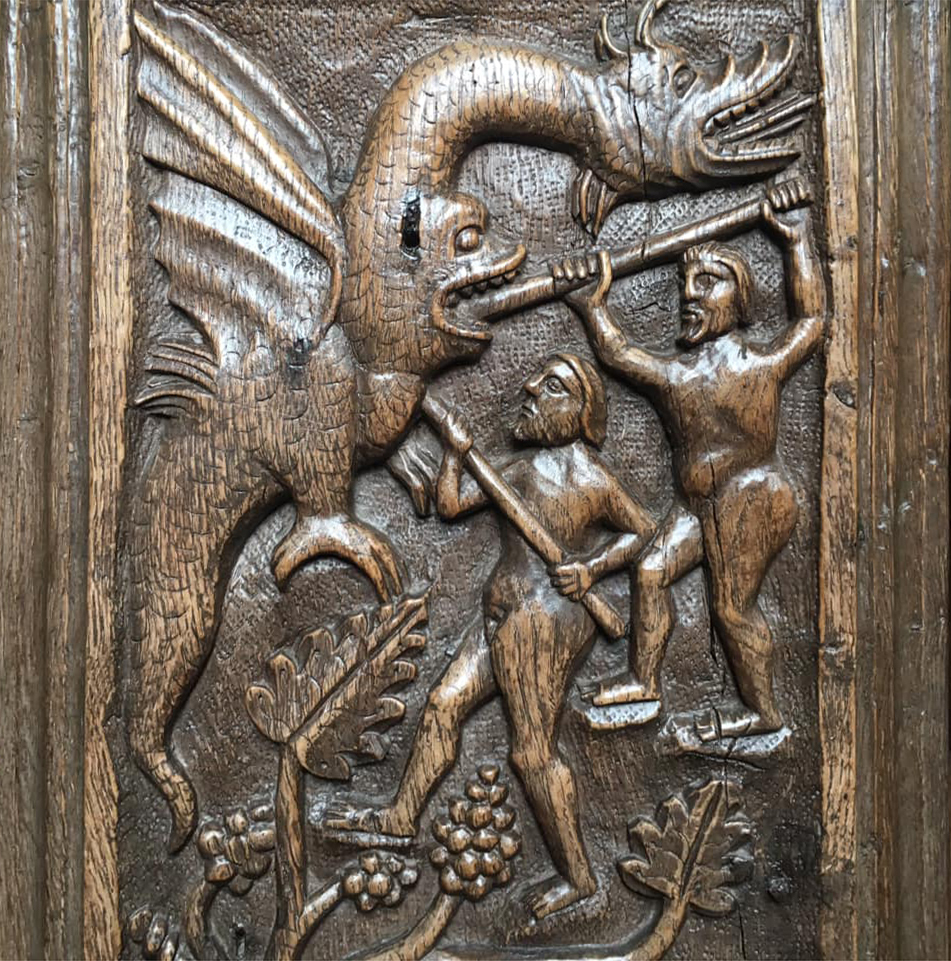 |
CHURCH HOUSE
Opposite the churchyard is Church House, built in 1515 after a donation by the Carews of Crowcombe Court as a venue for church ales. The ground floor was used to brew ale and bake bread, while the upper floor was used for feasting and dancing. The fashion for church ales died out when Puritanism gained popularity in the 17th century, and the building was used as a charity school and to house the poor.
The opening of Williton Workhouse in 1836 and of Crowcombe First School in 1870 (replacing the charity school in Church House) made the premises redundant.
Following a long period of disuse and dereliction the 1907 appeal for public funds to repair the building proved successful, the ground and upper floors - the latter, where our talk took place - being restored to use. Further grants and public fund-raising in 2007 enabled major building refurbishment facilitating the venue's use for celebrations such as weddings and special events.
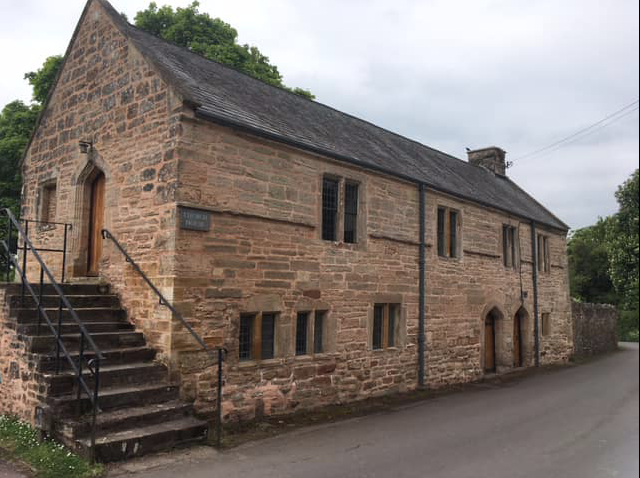 |
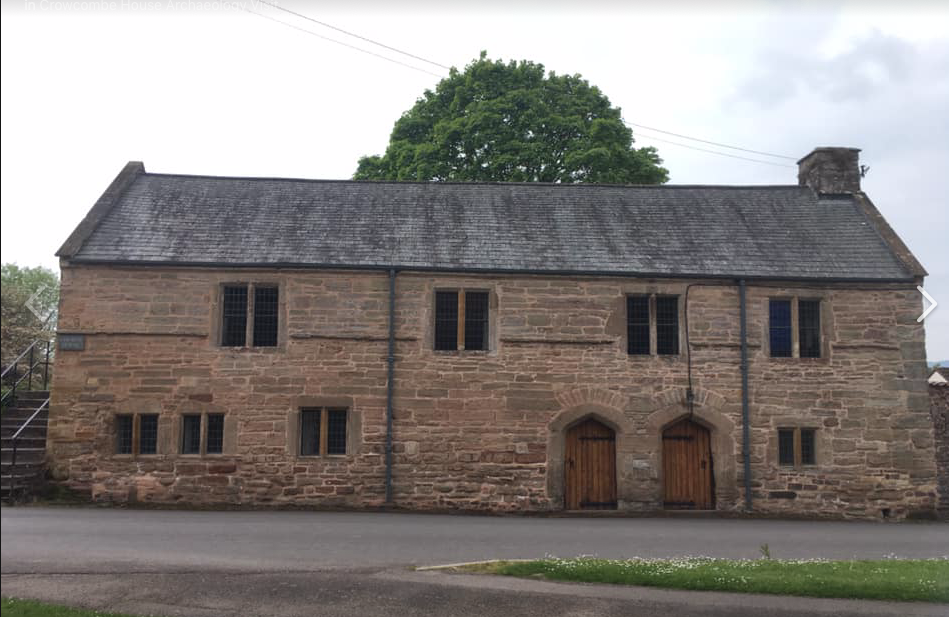 |
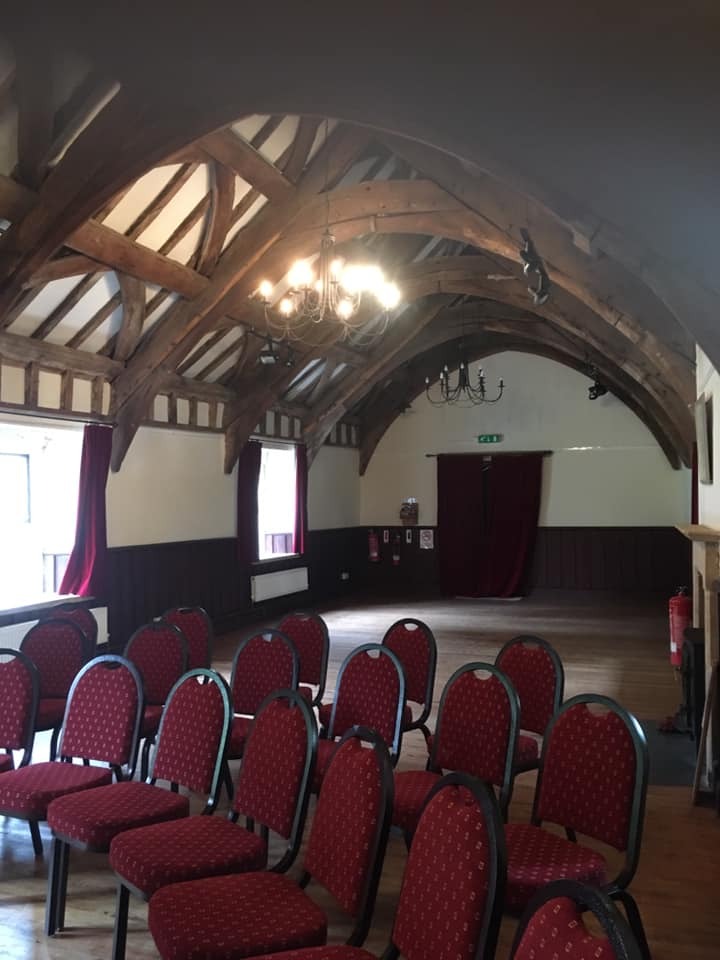 |
